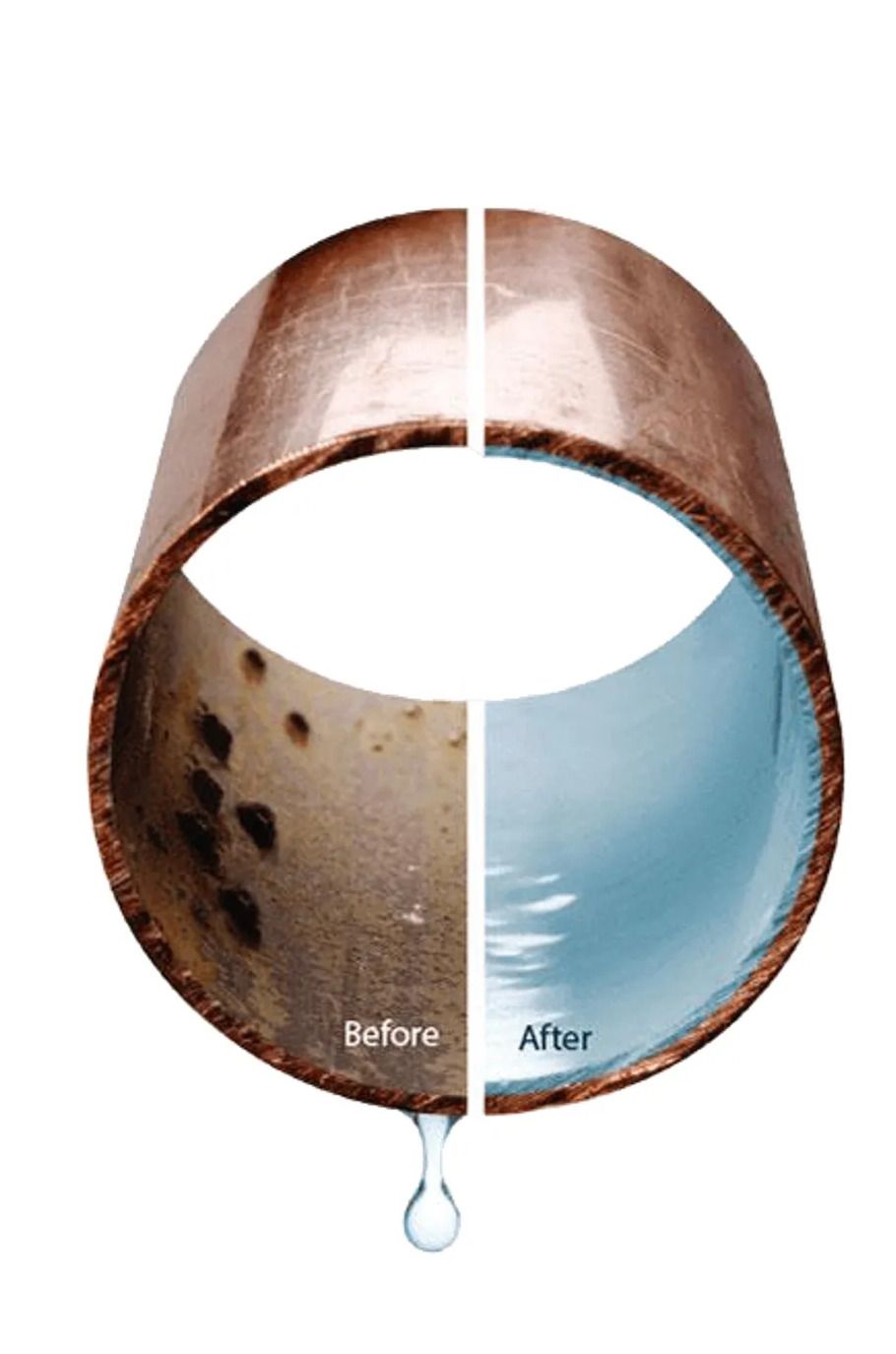Introduction:
The introduction of epoxy coating for pipes revolutionized the way we approach pipeline maintenance and rehabilitation. From its inception to the present day, epoxy coating has continually evolved, offering increasingly reliable and cost-effective alternatives to traditional pipe replacement methods. In this blog, we'll take a journey through time, highlighting key milestones, innovations, and the unwavering reliability of epoxy coating as an alternative to pipe replacement.
1970s - Emergence of Epoxy Coating:
During the 1970s, epoxy coating emerged as a solution for protecting pipes from corrosion and extending their lifespan. Initially used primarily in industrial settings, epoxy coating demonstrated its effectiveness in preventing leaks and enhancing the durability of various types of pipelines.
1980s - Advancements in Application Techniques:
Throughout the 1980s, significant advancements were made in epoxy coating application techniques. Innovations such as spray-on and brush-on application methods made it easier and more efficient to apply epoxy coatings to pipes of all sizes and materials. These advancements helped expand the use of epoxy coating beyond industrial applications to residential and commercial plumbing systems.
1990s - Trenchless Rehabilitation Techniques:
The 1990s saw the emergence of trenchless rehabilitation techniques, further revolutionizing pipeline maintenance. Epoxy coating played a crucial role in these techniques, offering a non-disruptive solution for repairing and rehabilitating aging or damaged pipes without the need for extensive excavation. This marked a significant shift in the industry, as property owners and municipalities began to recognize the cost and time-saving benefits of epoxy coating compared to traditional pipe replacement methods.
2000s - Expansion of Applications:
As epoxy coating technology continued to advance, its applications expanded to include a wide range of pipe materials and configurations. Whether it's copper, galvanized steel, PVC, or concrete pipes, epoxy coating proved to be a versatile and reliable solution for protecting and rehabilitating pipelines in various industries and sectors.
2010s - Enhanced Durability and Performance:
In recent years, there have been significant advancements in epoxy coating formulations, resulting in coatings with enhanced durability, chemical resistance, and performance. These improvements have further solidified epoxy coating as a preferred choice for pipeline maintenance and rehabilitation, offering long-lasting protection against corrosion, leaks, and other forms of deterioration.
Present Day - Established Reliability:
Today, epoxy coating stands as a testament to its established reliability as an alternative to pipe replacement. With decades of proven performance and continual advancements in technology, epoxy coating remains a trusted solution for property owners, municipalities, and industries seeking cost-effective and sustainable pipeline maintenance solutions.
Conclusion:
From its humble beginnings in the 1970s to its current status as a cornerstone of pipeline maintenance and rehabilitation, epoxy coating has come a long way. Through constant innovation and advancements in technology, epoxy coating has proven its reliability as an alternative to pipe replacement, offering cost-effective, non-disruptive solutions for protecting and rehabilitating pipelines across various industries and sectors. As we look to the future, epoxy coating will undoubtedly continue to play a vital role in ensuring the longevity and integrity of our pipeline infrastructure.


